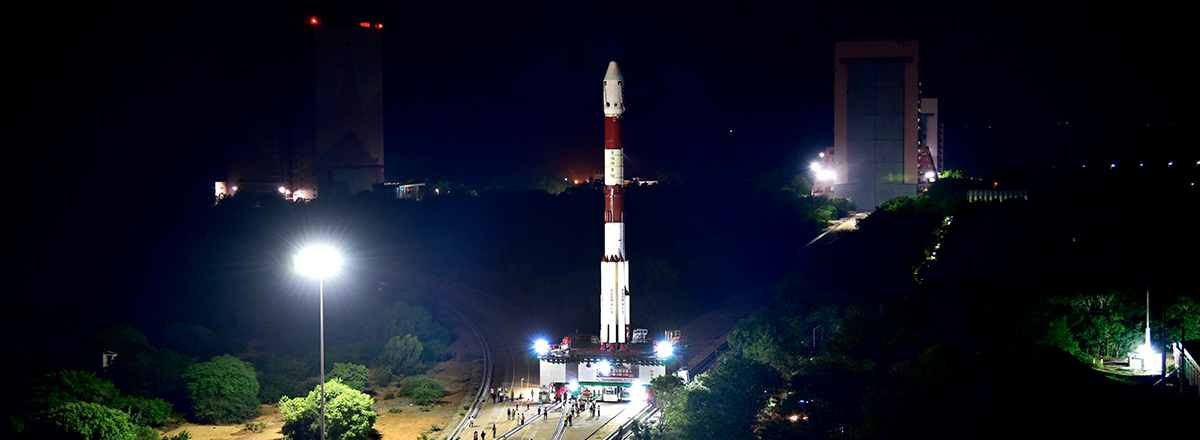India Successfully Launches Its Aditya-L1 Solar Mission
The spacecraft is equipped with seven scientific payloads, including instruments like a visible emission line coronagraph, a solar ultraviolet imaging telescope, and an X-ray spectrometer, which will collect crucial data and observations about the sun's behavior.

India has achieved another milestone in space exploration with the successful launch of the Aditya-L1 solar observatory. This mission marks India's first venture into space-based solar observation.
The Aditya-L1 spacecraft took off from the Satish Dhawan Space Centre in Sriharikota. It was launched atop a Polar Satellite Launch Vehicle (PSLV). After a series of maneuvers, the spacecraft will settle into a stable orbit around Lagrange Point 1 (L1), which is approximately 1 million miles from Earth, where it can continuously monitor solar activities.
The Aditya-L1 mission aims to observe and study the sun's various layers, including the photosphere, chromosphere, and corona. By doing so, it seeks to unravel the mysteries of the sun, such as the significant temperature difference between the corona and the photosphere.
The spacecraft is equipped with seven scientific payloads, including instruments like a visible emission line coronagraph, a solar ultraviolet imaging telescope, and an X-ray spectrometer. These instruments will collect crucial data and observations about the sun's behavior, allowing scientists to better understand solar phenomena and their impact on space weather.
Aditya-L1 will remain at a stable location known as Lagrange Point 1 (L1), where it can observe the sun without interruptions caused by eclipses or occultations. This position also allows it to study Earth's magnetosphere and how it responds to solar wind and coronal mass ejections.
The mission's estimated cost is around $46 million. Aditya-L1 is designed to operate for approximately 5.2 years, during which it will transmit a vast amount of data back to Earth.

